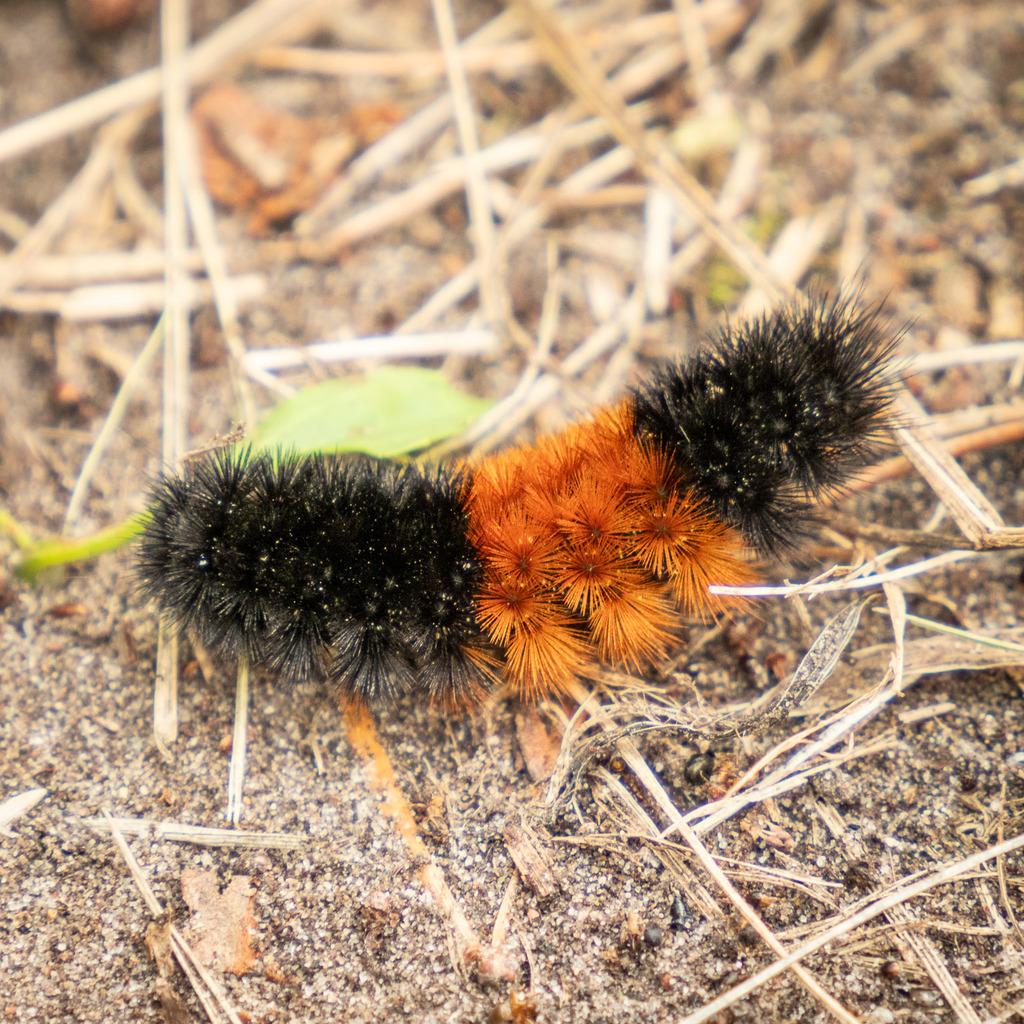

After hatching from eggs, caterpillars are ravenous eaters and mainly consume plant and tree leaves.

Before picking up any kind of caterpillar, it is important to identify the species to know if it is harmless or not.Īll caterpillars are larvae that belong to the order of moths and butterflies called Lepidoptera in the class of Insecta. Handling one of these dangerous caterpillars could leave you with a nasty sting similar to a bee’s sting. Caterpillars that are toxic and sting are generally hairy or have spikes on their bodies. While most types of caterpillars are harmless, there are some species of stinging caterpillars.

The story of the Wooly bear is affected by climate change, a reminder that even the smallest fall caterpillar can feel the impact of a changing world.Email Pinterest Facebook Twitter Linkedin These changing patterns can have profound impacts on our wildlife. We have even felt such irregularities here at Oak Spring this past March, when warm weather suddenly disappeared and a snap freeze killed many of the new-blossoming flowers. Such irregular weather patterns are likely to become more common with global warming. A study in the Journal of Experimental Biology found that repeated freeze-thaw cycles increased caterpillar mortality, even though a single winter freeze did them little harm. But that doesn’t stop people from watching the caterpillars, looking to an old autumn sight for signs of the oncoming cold.Īs climate change causes shifts in weather patterns and more irregular winters, though, Wooly bears may have a harder time making it through the winter. Patterns of color result from the environmental conditions affecting the caterpillars’ growth earlier in the year, rather than the winter to come. To the disappointment of some, scientists have not found much evidence to support the ability of the caterpillars’ bristles foretelling winter weather by the week.


 0 kommentar(er)
0 kommentar(er)
